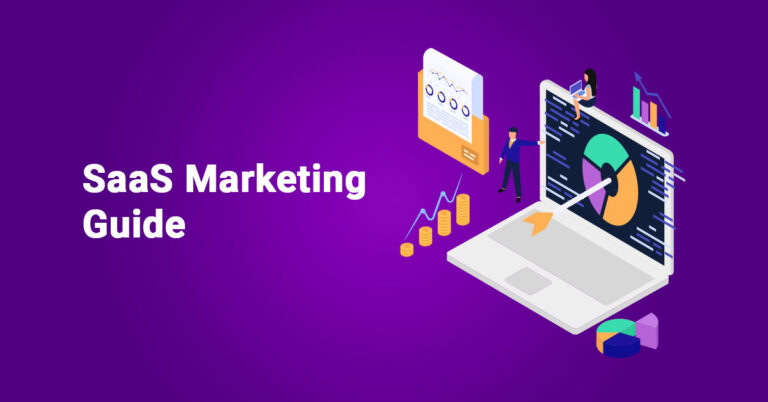The Burnout Epidemic of 2023: Unraveling the Causes and Solutions

In the year 2023, the world finds itself grappling with a pervasive and alarming phenomenon – an unprecedented surge in burnout cases. Compared to three decades ago, the prevalence of burnout seems to have skyrocketed, affecting individuals across diverse professions and demographics. To understand this epidemic, we need to delve into the multifaceted factors that have contributed to this crisis. This article will explore the reasons behind the increased prevalence of burnout in 2023 and introduce Nick de Waard, a renowned stress expert, who will shed light on potential solutions.
The Changing Landscape of Work
One of the primary drivers of the burnout epidemic in 2023 is the transformation of the work environment. Technological advancements have led to a dramatic increase in the pace of work, blurring the boundaries between professional and personal life. The 24/7 accessibility to emails, messages, and virtual meetings has left many employees feeling like they can never truly disconnect.
Nick de Waard, a leading authority in stress management and stress coaching, notes, “The constant connectivity brought about by technology has significantly contributed to burnout. We’ve witnessed a shift where individuals are expected to be available at all hours, causing chronic stress and exhaustion.”
The Gig Economy and Job Insecurity
Another significant change in the employment landscape over the past 30 years is the rise of the gig economy. More individuals are working as freelancers, contractors, or in temporary positions, which often lack the job security and benefits that traditional full-time jobs provide. This uncertainty can lead to chronic stress as individuals grapple with financial instability and the fear of not knowing where their next paycheck will come from.
De Waard emphasizes this point, stating, “Job insecurity is a major source of stress. When individuals lack the stability and benefits that come with traditional employment, they are more susceptible to burnout.”
The Pressure to Excel
In the modern era, there is an unprecedented emphasis on achievement and success. Social media platforms showcase curated versions of people’s lives, creating an unrealistic benchmark for success. This constant comparison, coupled with the pressure to excel in all areas of life, has placed immense stress on individuals.
Nick de Waard remarks, “The pursuit of perfection and the fear of falling behind have created a toxic culture of overwork. People are pushing themselves to the brink to meet unrealistic expectations, both personally and professionally.”
Mental Health Stigma
While the conversation around mental health has made significant strides in recent years, there remains a pervasive stigma that prevents many individuals from seeking help when they need it. This stigma is particularly pronounced in high-pressure work environments, where admitting vulnerability can be seen as a weakness.
Nick de Waard emphasizes the importance of destigmatizing mental health issues, stating, “We need to create a culture where seeking help for mental health challenges is not only accepted but encouraged. Early intervention can prevent burnout from becoming a full-blown crisis.”
Lack of Work-Life Balance
The concept of work-life balance has become increasingly elusive in 2023. Many individuals are finding it difficult to disconnect from work, leading to a constant state of stress and exhaustion. The traditional boundaries between work and personal life have eroded, leaving little time for rest and relaxation.
De Waard comments, “Achieving a healthy work-life balance is essential for preventing burnout. We must prioritize self-care and set clear boundaries to protect our well-being.”
The Importance of Employee Well-being
In 2023, forward-thinking companies are starting to recognize the critical importance of employee well-being. Organizations that prioritize the physical and mental health of their employees tend to have higher morale, increased productivity, and reduced turnover rates.
Nick de Waard emphasizes the role of employers in combating burnout, stating, “Companies need to invest in employee well-being programs, offer mental health support, and promote a healthy work culture. It’s not just good for employees; it’s good for business.”
The Role of Government and Policy
Government policies also play a significant role in addressing the burnout epidemic. Legislation that promotes workers’ rights, enforces reasonable working hours, and ensures access to affordable healthcare can all contribute to reducing burnout cases.
De Waard notes, “Government intervention is crucial to create an environment where individuals are protected from exploitative work conditions and have access to the resources they need to manage stress effectively.”
The Power of Mindfulness and Stress Management
In addition to systemic changes, individuals can take proactive steps to manage stress and prevent burnout. Mindfulness practices, such as meditation and yoga, have been proven to reduce stress levels and improve mental well-being.
Nick de Waard recommends incorporating mindfulness into daily routines, saying, “Mindfulness techniques can help individuals build resilience and manage stress more effectively. It’s a powerful tool for preventing burnout.
Conclusion
The burnout epidemic of 2023 is a complex issue rooted in the evolving nature of work, societal pressures, and personal expectations. While the prevalence of burnout has increased over the past 30 years, it is not an insurmountable problem. By addressing the systemic issues, reducing the stigma around mental health, and prioritizing employee well-being, we can take significant steps toward mitigating the burnout crisis.
Nick de Waard, a prominent stress expert, underscores the importance of recognizing burnout as a critical issue and taking proactive measures to prevent it. Through a combination of systemic changes, individual self-care, and a collective commitment to well-being, we can hope to reverse the trend of burnout and create a healthier, more sustainable work environment for future generations.



